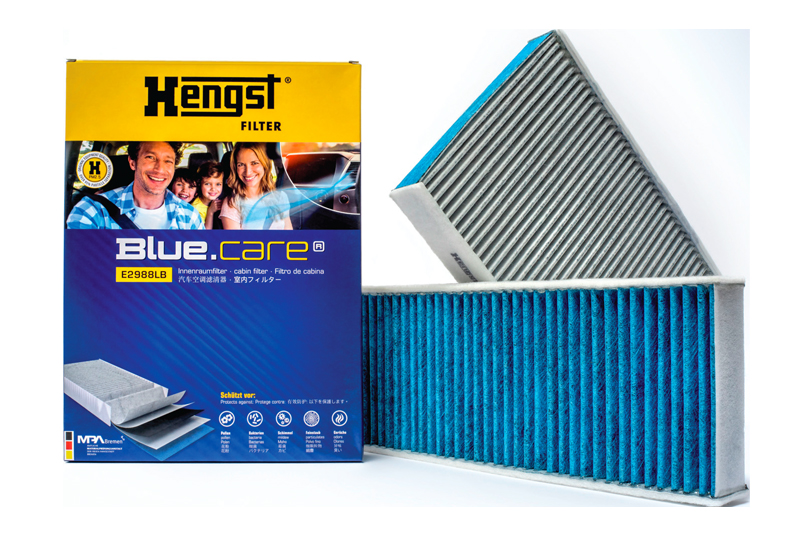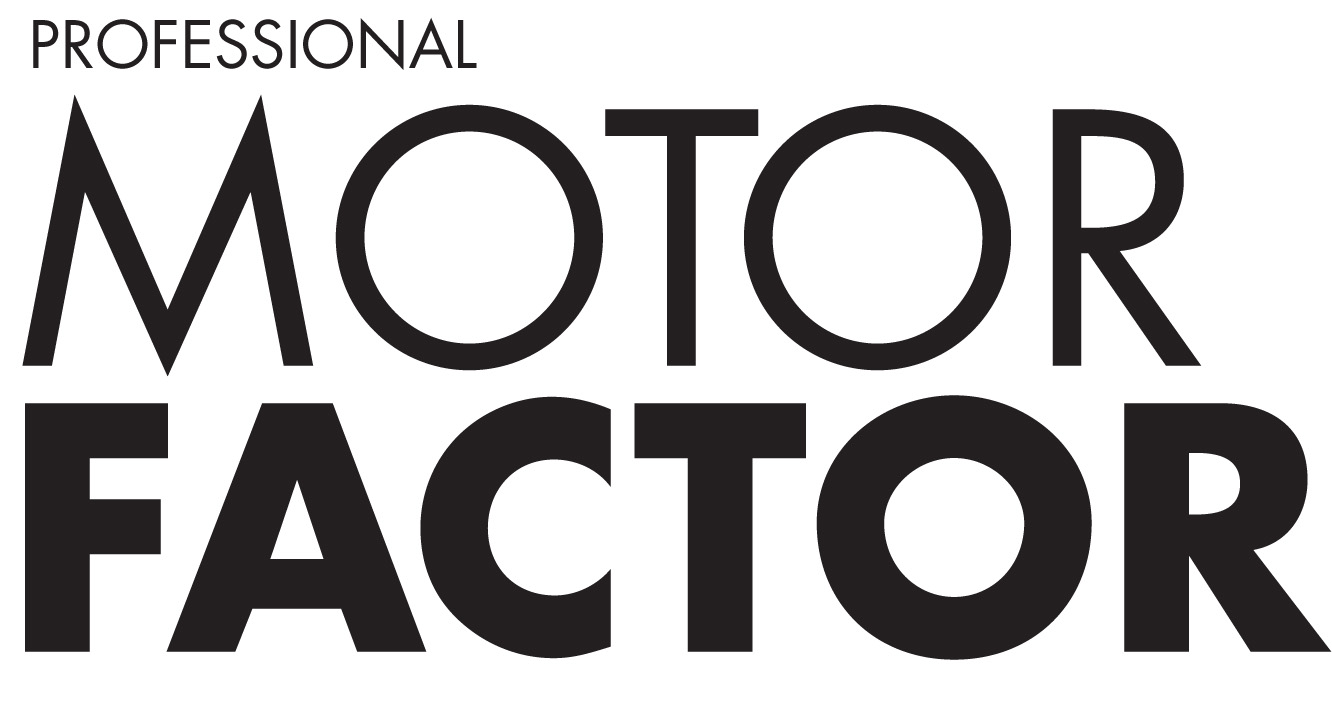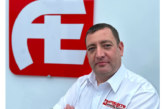What are the dangers of failing to replace cabin filters?

According to HELLA Hengst, studies show the air inside a vehicle’s cabin can be five times more contaminated by exhaust, pollutants and allergens than air at the roadside; therefore, the company is renewing calls for both you and your trade customers to advise customers on the dangers of failing to replace cabin filters.
Designed to filter out airborne particles before they enter the vehicle’s cabin, cabin filters ensure the air breathed in by passengers is clean and free from harmful contaminants. However, cabin filters inherently become clogged with debris, reducing their effectiveness over time. HELLA Hengst Product and Brand Manager, Ian Mattacola, said: “Garages aren’t just in the business of fixing cars; they’re also in the business of ensuring their customers drive away safely.
“Routine tasks, like brake safety checks, are common but many workshops simply forget about replacing the cabin filter. It’s an oversight that can have significant implications. It doesn’t just affect the heating, ventilation, and air conditioning (HVAC) system. It also affects the people inside the vehicle.”
Cabin filters should be replaced at least once a year, or twice a year if the vehicle is driven extensively, according to Ian.
He continued: “A dirty cabin air filter allows pollutants and allergens to enter the vehicle, leading to poor air quality inside. This can exacerbate allergies and respiratory problems, especially for those with sensitive health conditions.”
Additionally, Ian revealed that a clogged filter will result in reduced airflow from vents, inconsistent temperature control, and increased strain on the HVAC components, potentially leading to costly repairs down the line.
He added: “An unpleasant odour inside the vehicle, particularly noticeable when the HVAC system is in use, is a surefire sign of accumulated debris. The circulating air passes through the dirty filter, picking up and distributing the odour throughout the cabin.
“Replacement with a standard cabin filter will protect the HVAC system and remove pollen and dust. Upgrading to an activated carbon filter additionally removes badsmelling odours and hazardous gases, such as ozone, smog and exhaust fumes. The premium choice is our Blue.care filter, which also neutralises allergens and bacteria.”
“Responsibility to educate”
HELLA Hengst Blue.care filters feature “several layers of protection” to remove different types of pollutants. First, an electrostatic medium blocks large particles, helped by a filter fleece that makes it better at trapping dust. Then, an active carbon layer removes vapours, odours, and harmful gases. A ‘meltblown’ medium catches fine dust and tiny particles. Finally, a bio functional layer with Nano silver acts against bacteria and has natural antibacterial properties. Together, these layers provide “five-level protection” from pollen, dust, mould/spores, odours, and bacteria.
Ian concluded: “Motor factors have a responsibility to educate their customers about the importance of this oftenneglected filter. The advice for workshops is to include it as part of their regular service recommendations.”








